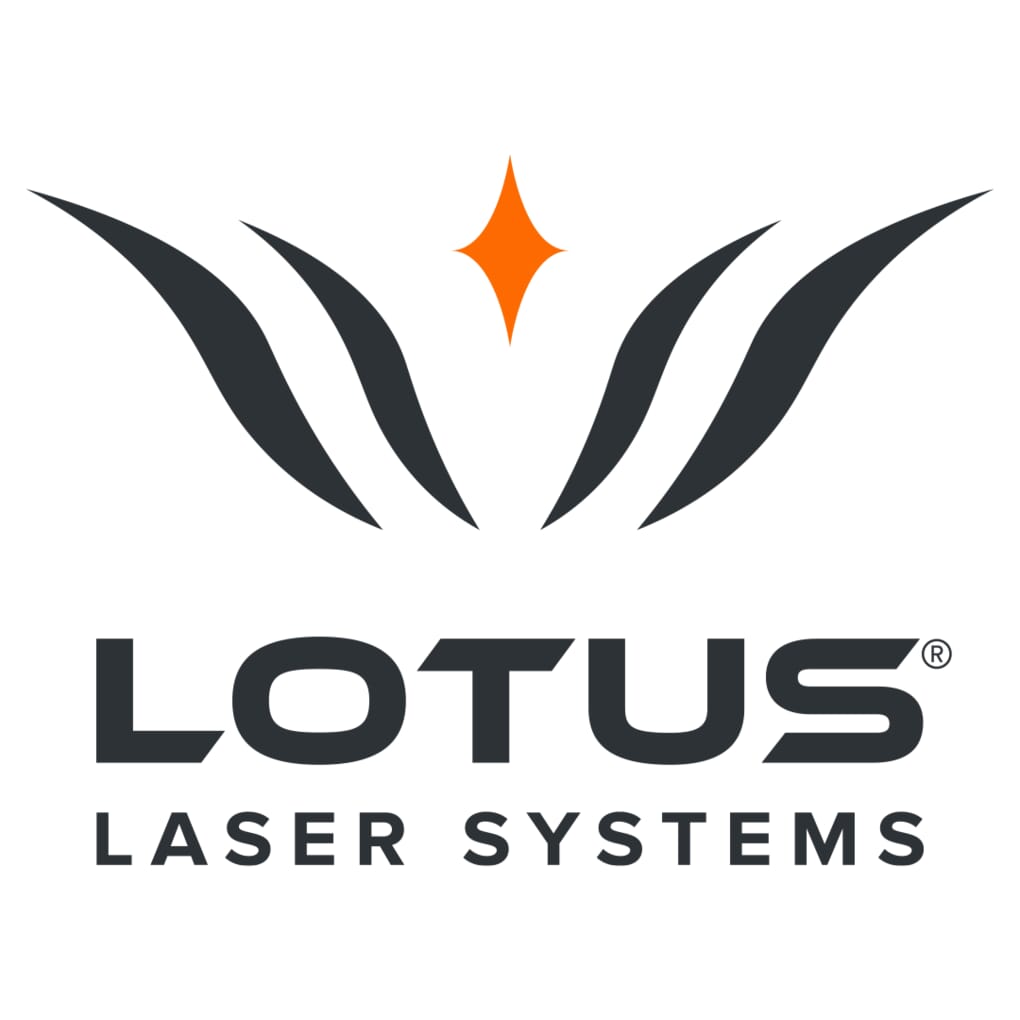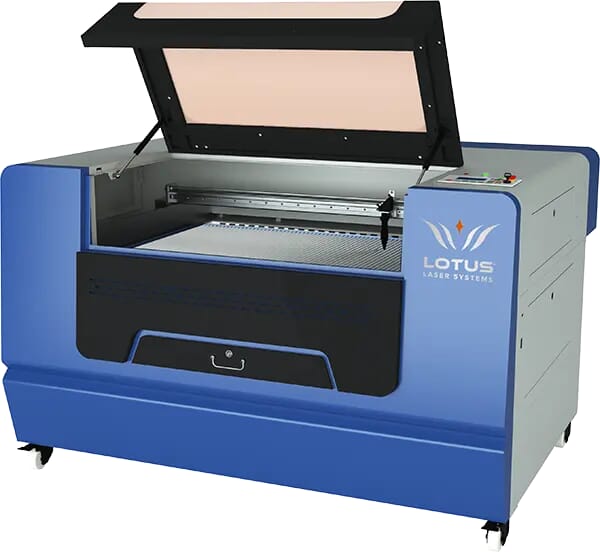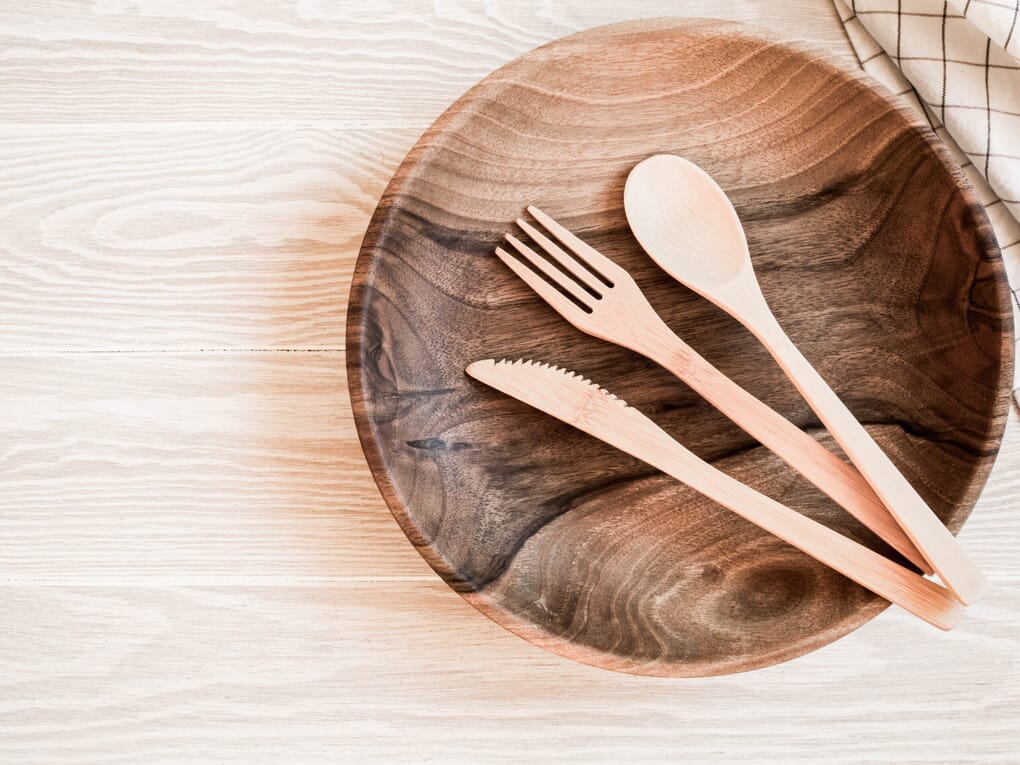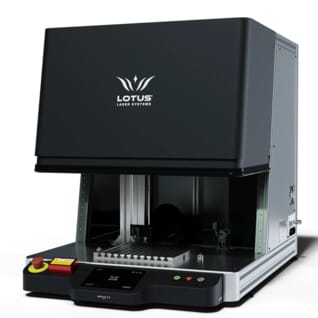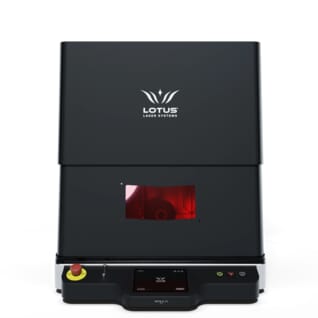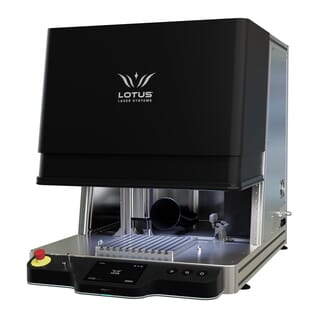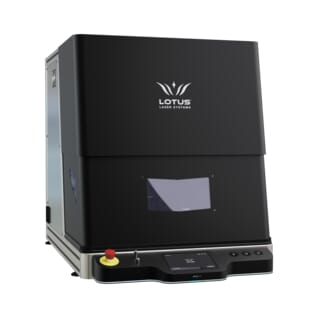* General guide only, there are many crossovers and caveats, please contact us for more details.
About
Laser Cutting & Laser Engraving Machine for Wood
Woodworking is a craft as old as time, and there is a reason that it remains popular even today. There is a certain, rustic beauty to wood which makes it a timeless material of choice for hundreds of applications. Fortunately, laser technology has made it possible for woodworking to be easier, faster, and more accessible to amateurs and professionals alike.
ye olde way
Wood Laser Cutter
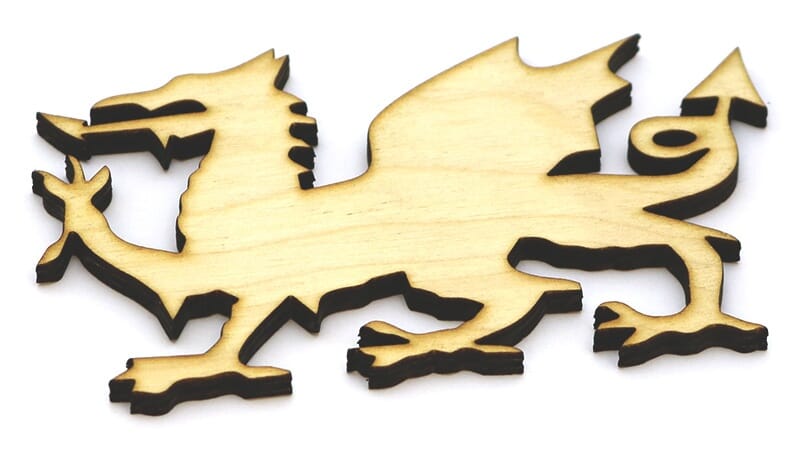
In the past, creating custom wood pieces involved the use of a saw, perhaps a hammer, chisel, and a lot of elbow grease. Today, a wood laser cutter or engraver are two of the most popular options in the industry due to the versatility, reliability and insane accuracy. Laser technology is used for virtually any category of woodworking: from architecture and furniture to toys and crafts.
Applications
Typical Uses
Laser etching has been used widely to create outdoor signs, model kits, ornate decorations, engrave guitars, skateboards, pens, giftware, notebooks, baseball bats, kitchenware and much more. The end result is something that looks great and is far more detailed than work done by hand, with marks that stand the test of time. Laser cutting and engraving have made the production of furniture, inlays, and other interior decoration items much easier and faster.
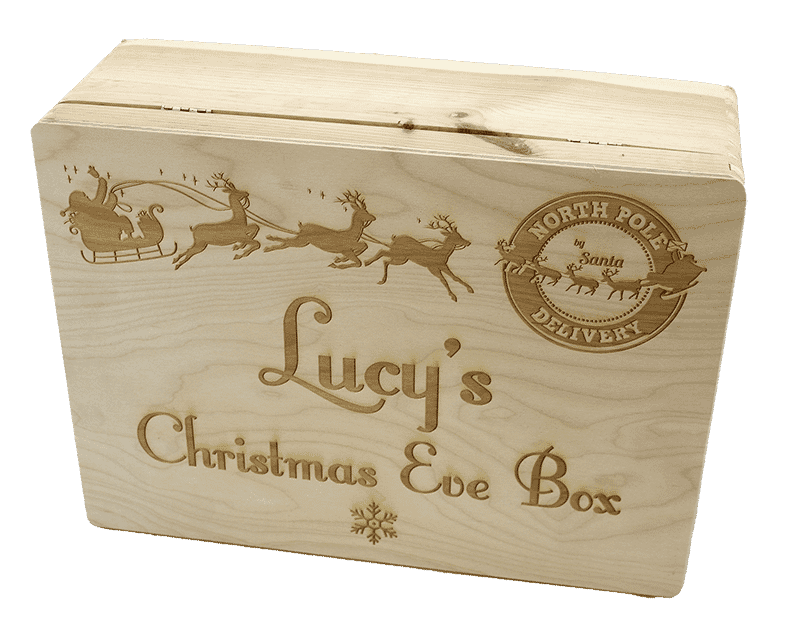
Engraving & Cutting
Laserable Types of Wood
The processes of wood laser engraving and laser cutting are highly customisable. The laser settings can be calibrated to produce engravings of different depths and contrasts. Similarly, the intensity of the laser can be reduced when working with softwood like pine or balsa, with the higher intensity settings reserved for hardwoods like birch or walnut. We have decades of experience and a wide range of laser engravers perfect for working with wood.
A laser engraving machine for wood takes advantage of the extremely high energy carried by the laser, which is essentially a concentrated beam of light. The energy from the laser heats the wood material rapidly, resulting in its almost instant vaporisation. Since the energy of the laser is confined within its beam, the material surrounding the target areas remains unaffected and will not show visible scorches or burn marks. Furthermore, since the material undergoes no stress, there is little chance of secondary warping or damage.
Preserving natural beauty
Solid Wood Engraving

One of the most compelling aspects of solid wood engraving is its ability to enhance the wood’s natural beauty. By creating subtle contrasts and playing with wood’s varying grain patterns, laser engraving adds depth and character to the finished piece.
MACHINE
Recommendations
Whether you’re an industrial manufacturer or small business we have solutions to help you. Whether you’re looking for a wood laser cutter or a laser engraving machine for wood, we can find the right machine for you and your business.
Trusted and loved by thousands of businesses, including:

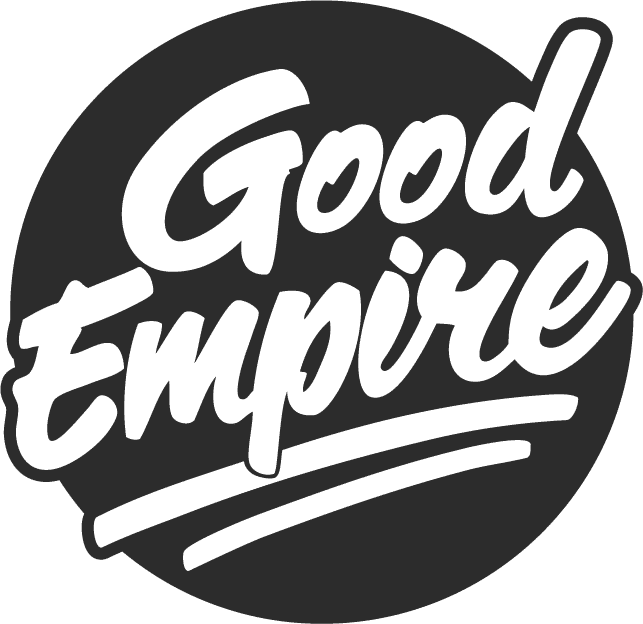

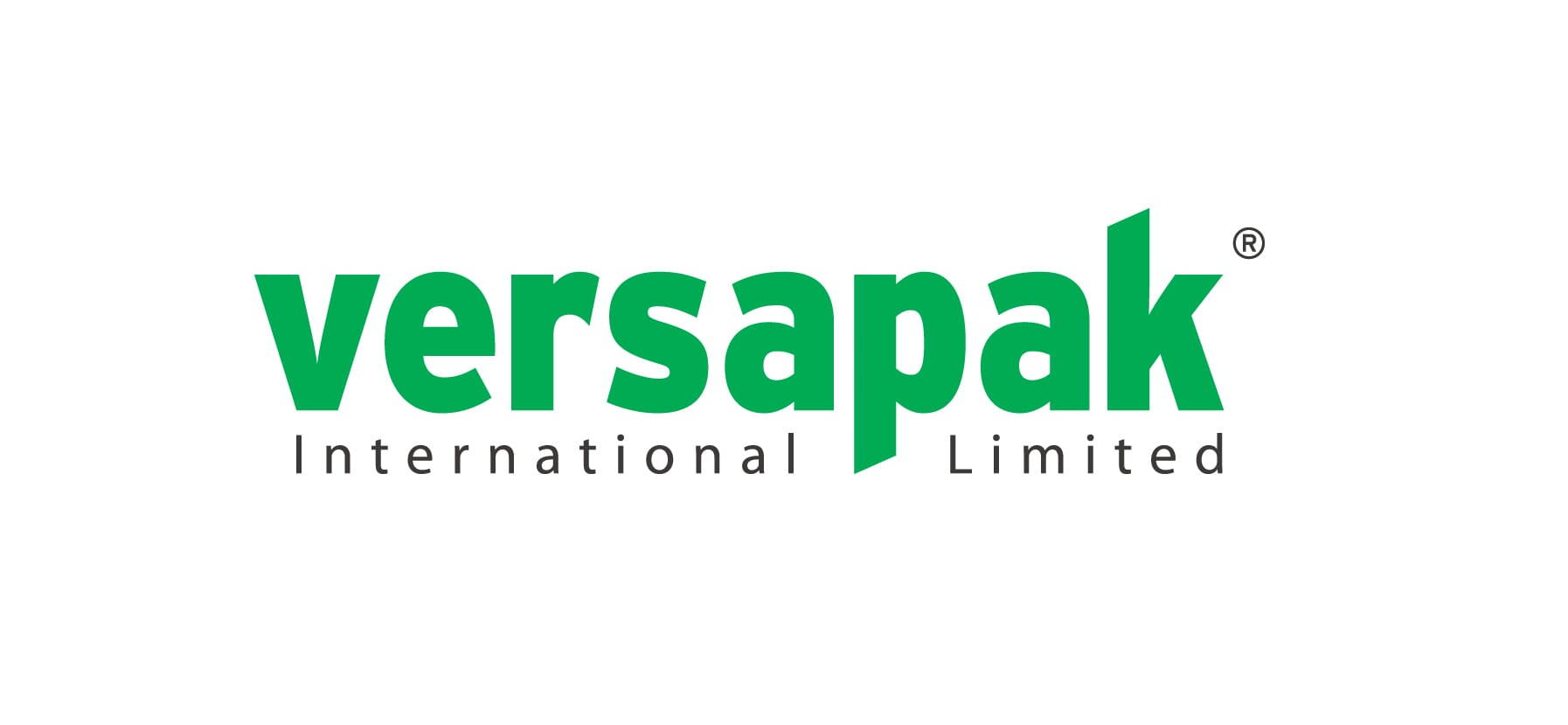
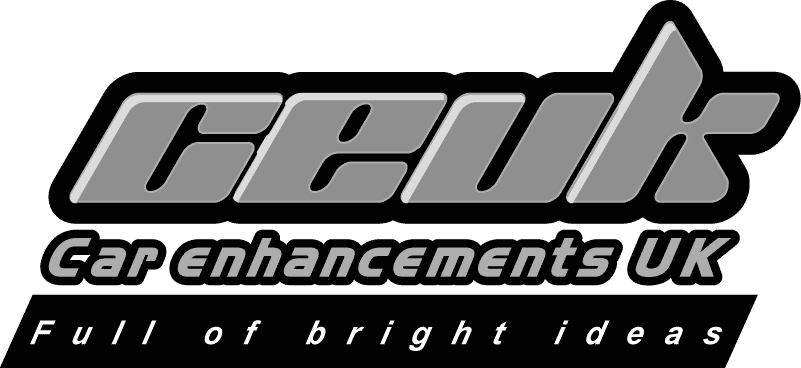

Examples
Fiber Laser Videos
-

Meta C 60w Fiber laser engraving green powder coated bottle
-

Meta C 60w Mopa Fiber laser engraving automotive part
-

Meta C 75w CO2 laser engraving powder coated bottles
-

Meta C 75w CO2 laser engraving a ceramic mug
-

Meta C 60w MOPA fiber laser engraving tools on 1 2m conveyor feed
-

uMeta laser engraving the inside of rings
-

uMeta laser marking a high quality photo to a keychain
-

Meta C MOPA fiber laser marking plastics
-

uMeta laser engraving steel and aluminium with some depth
